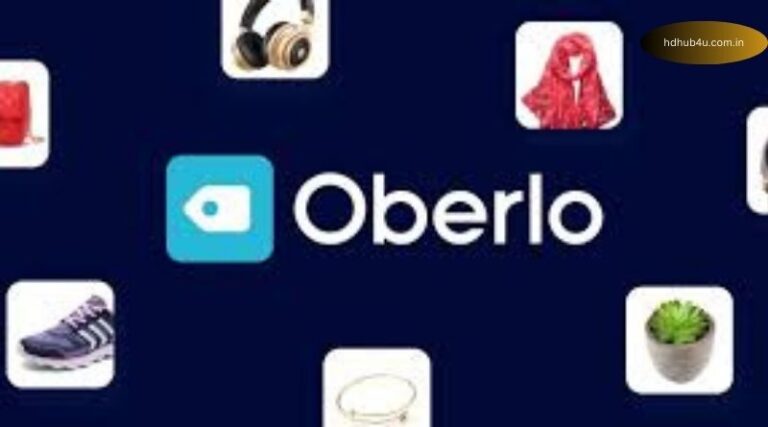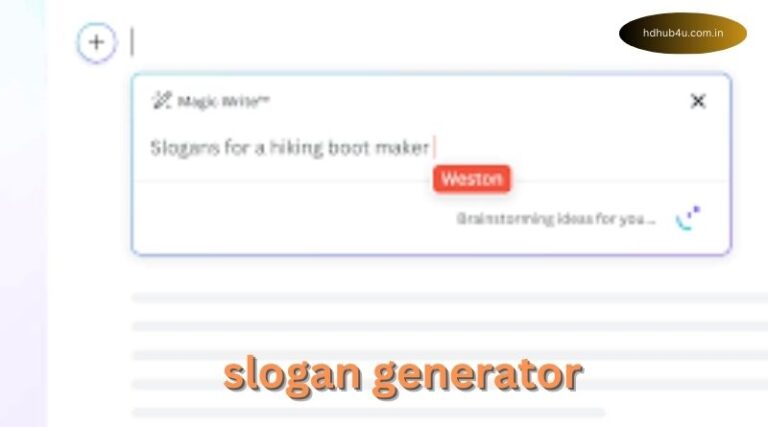Decoding fmybraindsout: A Cultural Phenomenon in the Digital Age
Understanding the Concept of fmybraindsout
In the ever-evolving digital landscape, trends emerge daily, capturing the attention of individuals worldwide. Among these phenomena is fmybraindsout, a term that has piqued curiosity across various social media platforms. While it may seem cryptic at first glance, its meaning and cultural significance can provide valuable insights into how people express themselves online.
The phrase “fmybraindsout” appears to be a colloquial expression that embodies intense emotional or intellectual stimulation. It is often used to describe situations where someone feels overwhelmed by information, emotions, or experiences, to the point where their “brain feels like it might explode.” This hyperbolic expression resonates with many, as it reflects the overwhelming pace of modern life and the inundation of stimuli from multiple sources.
The Origin and Popularity of fmybraindsout
Tracing the origin of online trends like fmybraindsout is a fascinating endeavor. The term likely gained traction on social media platforms such as Twitter, TikTok, and Instagram. Users often incorporate it into captions, memes, and comments to dramatize their reactions to various scenarios. For instance, a student cramming for exams or someone binge-watching an intense TV series might use the phrase to convey their mental state.
The popularity of fmybraindsout can also be attributed to its relatability. In an age where multitasking is the norm and digital notifications are incessant, many people experience moments of cognitive overload. This term encapsulates that feeling in a humorous and exaggerated manner, making it a perfect fit for internet humor and cultural discourse.
The Linguistic Appeal of fmybraindsout
One reason for the widespread use of fmybraindsout is its linguistic construction. The phrase employs an informal tone, abbreviations, and a sense of urgency that resonates with younger demographics. It captures a raw and unfiltered sentiment, which is often the hallmark of internet language. Additionally, its exaggerated imagery adds a touch of absurdity, aligning with the playful and ironic tone of online communication.
The term also follows a trend of “shock-value” language that has become prevalent in digital communication. By using vivid and somewhat extreme imagery, phrases like fmybraindsout effectively grab attention and convey a strong emotional reaction, even without extensive explanation.
Cultural Significance of fmybraindsout
Beyond its linguistic appeal, fmybraindsout holds cultural significance as a reflection of contemporary life. It serves as a coping mechanism for individuals navigating the complexities of modern society. Whether dealing with academic pressure, workplace challenges, or the overwhelming volume of information on the internet, people use terms like this to express shared experiences and build a sense of community.
Moreover, the term’s popularity underscores the growing importance of digital culture in shaping human interaction. Social media platforms act as both a mirror and a magnifier of societal trends, amplifying expressions like fmybraindsout to a global audience. This collective usage creates a sense of belonging and shared understanding among users, reinforcing the role of language in fostering connections.
How fmybraindsout Shapes Digital Communication
The rise of phrases like fmybraindsout illustrates the evolution of digital communication. In an era dominated by text-based interactions, users seek ways to convey emotions and nuances quickly and effectively. Terms like this fulfill that need by providing shorthand expressions that are instantly recognizable and relatable.
Additionally, the term highlights the creativity inherent in online language. Social media users constantly innovate, crafting new phrases and repurposing existing ones to fit their unique contexts. This dynamic interplay of language and technology enriches communication, enabling people to express themselves in ways that were previously unimaginable.
The Role of Humor in fmybraindsout
Humor plays a pivotal role in the appeal of fmybraindsout. By exaggerating the sensation of mental overload, the term transforms a potentially negative experience into something amusing. This comedic framing helps individuals cope with stress and challenges, turning moments of frustration into opportunities for connection and laughter.
For instance, a user might post a meme featuring a cartoon character with a frazzled expression, accompanied by the caption “Studying for finals has me fmybraindsout.” Such posts not only elicit chuckles but also resonate with others facing similar struggles, fostering empathy and solidarity.
The Future of fmybraindsout
As digital culture continues to evolve, terms like fmybraindsout will likely adapt or give way to new expressions. However, their underlying purpose—to encapsulate and share human experiences—will remain a cornerstone of online communication. Future iterations of such phrases will reflect the changing realities of society, offering fresh perspectives on how people relate to one another in a hyperconnected world.
It is also possible that fmybraindsout will extend beyond its current usage, influencing other forms of media and entertainment. For instance, it could inspire song lyrics, merchandise, or even be adopted into mainstream advertising campaigns, showcasing its versatility and cultural resonance.
Conclusion
The phrase fmybraindsout is more than just a fleeting trend; it is a testament to the ingenuity and adaptability of human language. By capturing the essence of modern life’s challenges with humor and relatability, it has carved out a unique place in digital culture. Whether used to express academic stress, entertainment overload, or simply the chaos of daily life, fmybraindsout exemplifies the power of language to unite, amuse, and comfort in an increasingly complex world.
As we continue to navigate the digital age, expressions like fmybraindsout remind us of the importance of humor and shared experiences in fostering connections. They serve as a reminder that even in moments of overwhelming intensity, there is room for laughter, creativity, and community.






